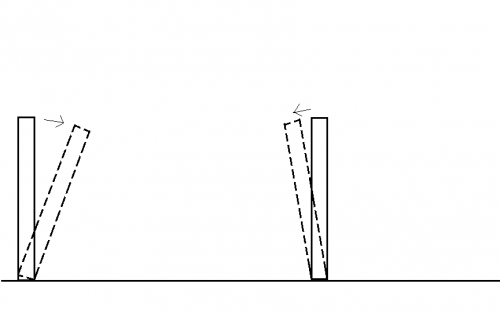The Seagull
By Anton Chekhov
A version by Stuart Paterson from a translation by George Calderon
Directed by Hugh Hodgart and John Kazek
Designed by Richard Evans
Music Composed by Anna Shucksmith
"Valse Melancolique" composed by Edvard Grieg
2 - 7 November 2009 / 7.30pm / New Athenaeum Theatre
The action takes place on Sorin’s estate.
Two years pass between Act Three and Act Four.
The translation by George Calderon was performed by the Scottish Repertory Company in Glasgow, November 1909, and was the first ever production in English of ‘The Seagull’.
Flickr set by Christine Murphy
Cast
Arkadina, an actress Olivia Knowles
Konstantin, her son Pierce Reid
Sorin, her brother Leon Vickers
Nina, young daughter of a rich landowner Jessica Bile
Shamrayev, retired army lieutenant, manager of Sorin’s estate Rhys Wadley
Polina, his wife Sharita Scott
Masha, their daughter Helen Darbyshire
Trigorin, a writer Cathal Finnerty
Dorn, a doctor Adam McNamara
Medvedenko, a schoolteacher Gary French
Yakov, an estate worker Martin McBride*
Cook Natalie Songer*
Maid Molly Vevers*
First year BA Acting students
Production Team
Stage Manager Vicky Adamczyk
Deputy Stage Manager Anne Hamilton
Assistant Stage Managers Laura Jarvis, James Clelland
Technical Stage Manager Kirsty Campbell
Production Technicians Thomas Velluet - Draper , Scott Bremner , Martin Aitken
Production Electrician Michaella Fee
Electrics Crew Emily Lennox , Lauren McKay , Madeleine Hillmann
Technical Challenges
During the recent production of "The Seagull" there were several technical challenges that we had to overcome. As well as designing and constructing a 6 piece Kabuki drop, we also had to come up with a way of rigging quick release tension wire system.
Trellis pieces
Another effect that we had to achieve involved 6 tilting trellis pieces which tilted both on and off stage. This was required to be a live move which was cued and specifically timed. Throughout the production period there were a few solutions that were considered. Each trellis piece was over 6 meters tall and 300 mm wide. The trellis was made from box steel and although it was lightweight it was also extremely flexible, this also affected the way we could hang and handle the pieces.
We started by hanging the trellis from the top of the structure. Having found an effective way to attach the hardware we initially decided to to hang the pieces vertically on spot lines.This next picture shows how we attached the hardware. First we measured down 300 mm from the top of the trellis and drilled a hole through the box steel front to back. As a bolt was passed through the hole it was also passed through a 1 meter sling. To the other end of the sling we attached our shackle and drift to which we tied on our hemp lines. Two vertical lines were required for each trellis piece.
Although this method kept the pieces vertically straight it allowed for very little horizontal movement which was critical for the tilting effect. To remedy this we added two horizontal lines to each trellis which were cleated off on each fly floor. This method provided sufficient horizontal force to tilt the pieces and hold them in place.
This picture shows how the horizontal hemp lines were attached to the trellis pieces and how the lines tightened/expanded to tilt the trellis.





